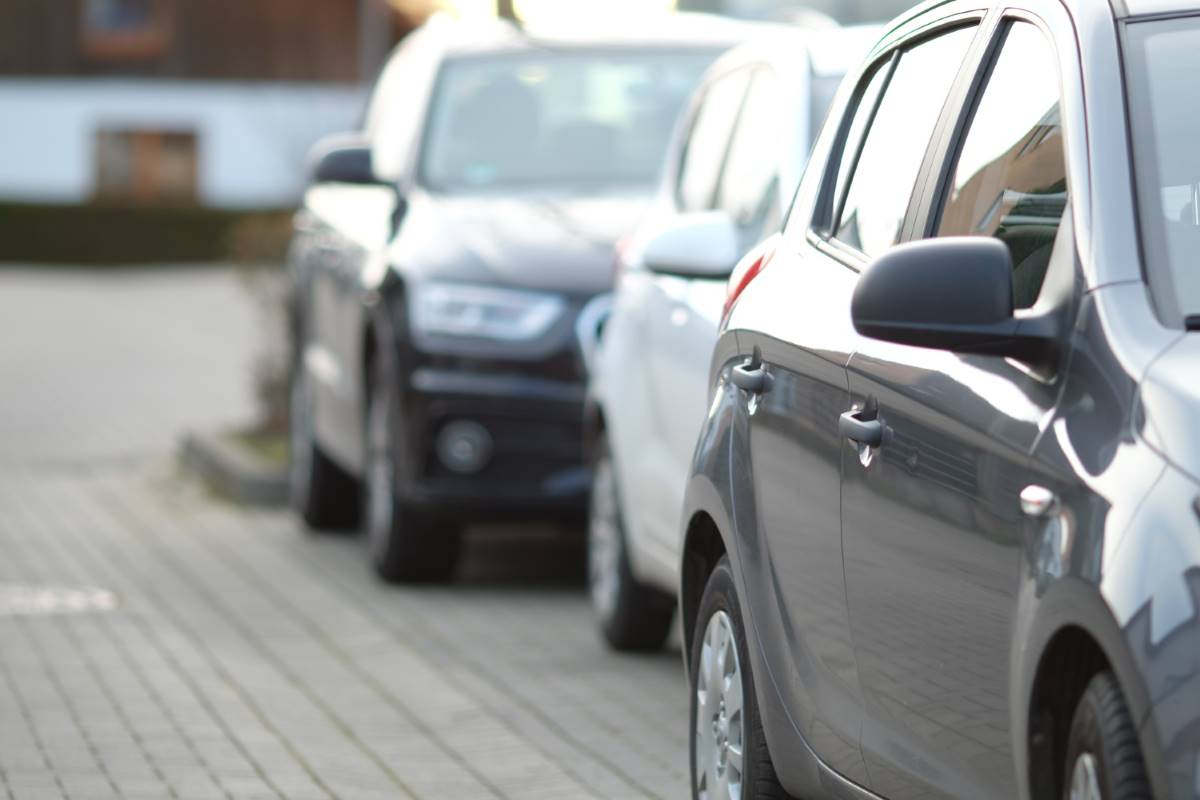Parking in Ticino very expensive: up to 840 francs per year
Post on: 19.02.2025

The cost of parking permits in Ticino continues to be discussed. In Lugano and Bellinzona, you can pay up to 840 francs per year for a parking space on public land, while in other Swiss cities the rate is just 20 francs. Why these differences?
While some places in French-speaking Switzerland, such as La Chaux-de-Fonds, grant the annual permit with a symbolic administrative fee of 20 francs, here the situation is quite different: parking lots in Ticino are very expensive!
Lugano and Bellinzona, among the most populous cities in the Canton, have rates ranging from 480 to 840 francs depending on the area, an expense that weighs heavily on the pockets of residents.
Cities compared: where do you pay more?
Ticino, however, it is not the most expensive canton, but it is close to the levels of the most expensive cities in German-speaking Switzerland. Wetzikon, in the canton of Zurich, holds the record with 960 francs per year for a parking space on public land.
On the contrary, Geneva and Neuchâtel charge much lower rates (200-240 francs per year), while Bern and Basel have recently increased their prices, to 492 and 512 francs respectively. The general trend is clear: costs are rising everywhere.
New rules coming?
The debate on parking in Ticino is set to intensify. More and more cities are taking measures to reduce the number of cars on the road and limit the use of public space for parking.
In Lugano and Bellinzona, for example, permits are only granted if the resident does not have private parking available.
Meanwhile, cities such as Basel have introduced progressive pricing based on car size: SUV owners pay more than compact car owners.
Zurich could also follow this path, and it is not excluded that Ticino may adopt similar solutions in the coming years.
Parking in Ticino | Will they cost more and more?
According to experts, the trend is clear: parking permits will become more and more expensive to discourage the excessive use of private cars and incentivize more sustainable alternatives, such as public transport or shared mobility.
But to what extent will the people of Ticino be willing to pay? The question remains open, and with future increases on the horizon, the debate is only just beginning.
Cookies & Privacy
Utilizziamo i cookie per offrirti la miglior esperienza possibile sul nostro sito Web.
Accetta e continua Continua senza accettare
Per maggiori informazioni leggi la nostra Privacy Policy





